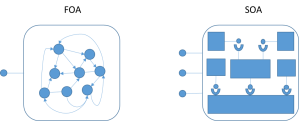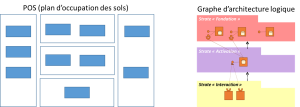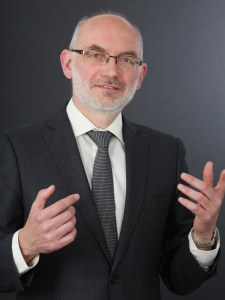The buzz about SOA seems to have faded away. There are no more conferences dedicated to the topic; the demand for training is declining; market leaders are trying to push new tags. Is it a sign that the SOA approach has been broadly accepted? Does it mean that the SOA logic has been assimilated and understood in depth? After a decade or so, do we have to draw the conclusion that the so-called paradigm has failed?
When considering the low level of modeling practices and the hesitations about architecture (EA, BA, CA…), one might wonder if the topic has really been exhausted. Being confronted with all sorts of issues due to low quality in IT, as a customer, as a citizen or as an agent, we surely expect dramatic improvements in the IT systems to come. At an age when digital business and innovation are commonly acclaimed as the new Utopian myth, the task of overhauling the systems is still on the table. SOA is precisely about rebuilding our systems, drawing up an optimal structure so as to avoid redundancy and to allow for interoperability.
It is about IT, but it is also an enabler for some strategic directions. Indeed, the SOA approach relates to business concerns since it can help by:
- better serving scorecards by merging the decisional and the operational systems;
- taking advantage of big data capabilities;
- adding feedback loops throughout the business processes and the organizations;
- contributing to enterprise transformation by simplifying and extending the value chain.
As an enterprise transformation methodology, Praxeme promotes a rigorous approach in order to improve our IT systems in depth. It proposes a method for designing services and architectures. This SOA approach can be summarized through four simple messages:
- SOA is an IS architectural style (which implies a specific role play between logical and technical architectures as disciplines).

- If we are to live up to the expectations raised by the SOA movement, if we are to deliver on the promise of better quality, reusability, and interoperability in IT, we have to choose overhaul SOA over cosmetic SOA (or “False SOA”).

- To achieve the optimal system that will ease business and spur transformation, we have to summon and link together several disciplines, namely IT city planning, logical architecture and design, and technical architecture. We also have to equip them with proper representation techniques.

- Due to the complexity of the systems, the scope of the endeavor and the diversity of skills required, it would be naïve to think we can reach the target without a method.
These four messages are detailed in the article “Praxeme’s four key concepts for SOA”.
French version: “Quatre idées fortes de Praxeme pour SOA“.








